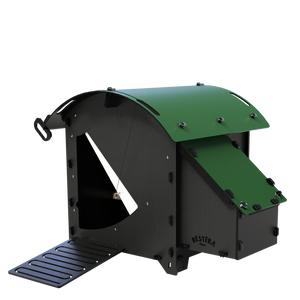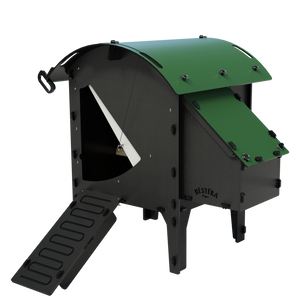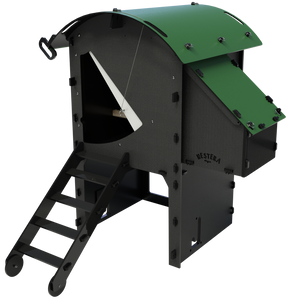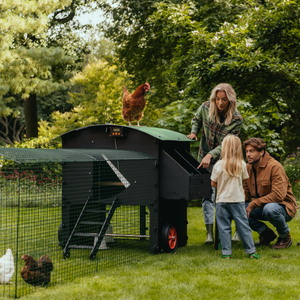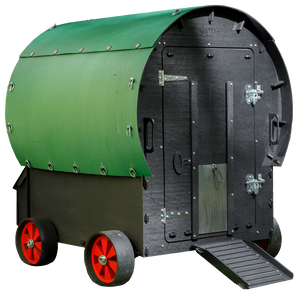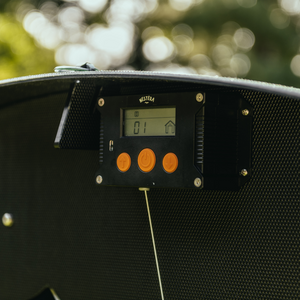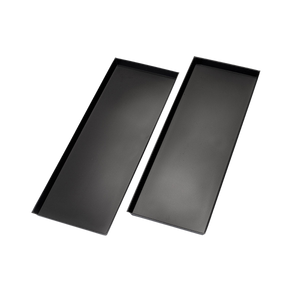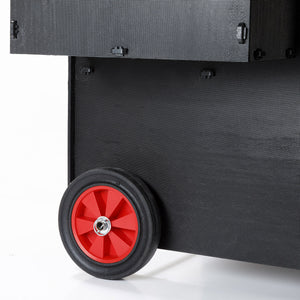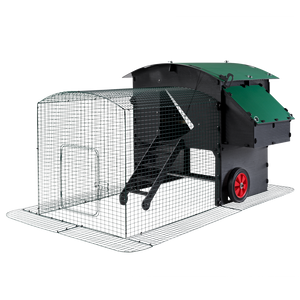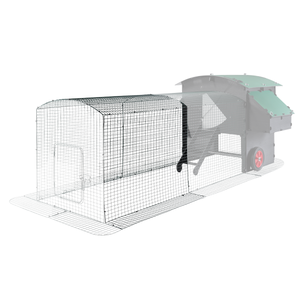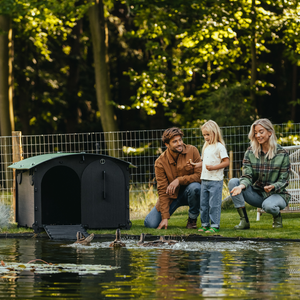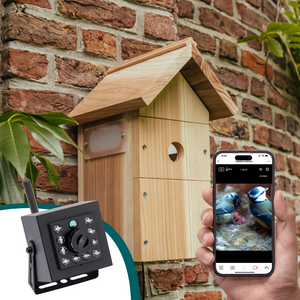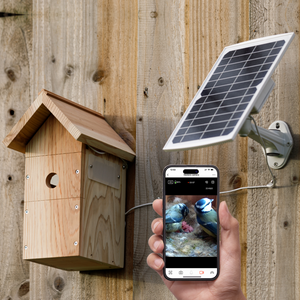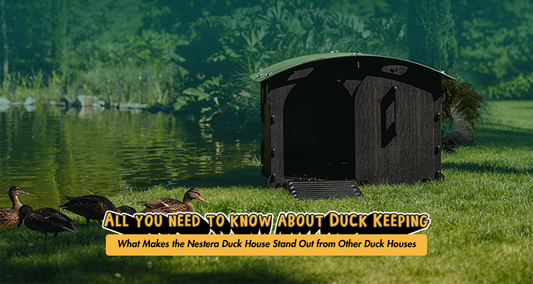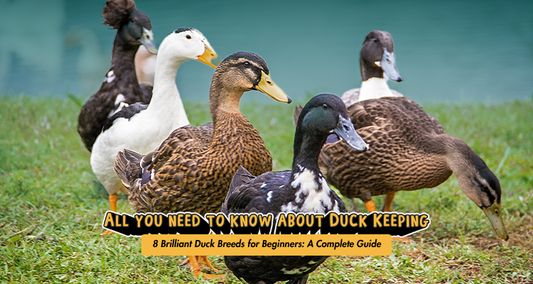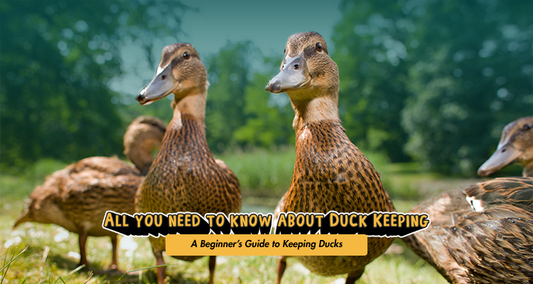Spring means chicks! And for poultry keepers, there’s nothing better than the sweet sound of tiny fluffballs cheeping away.
But broody hens and their chicks need a secure, calm environment away from the rest of the flock. Here’s how to turn your Nestera coop into the ultimate broody haven.
1. Choose the Right Coop Size
The Small Nestera House Coop is ideal for broodies.

-
No ramps or steps = easy access for mum and chicks
-
Compact design makes her feel safe and secure
-
Medium coops are OK too, but don’t go bigger than the Lodge
2. Start with a Sparkling Clean Coop
Before your hen settles in, give the coop a deep clean.
-
Use hot, soapy water
-
Rinse and dry thoroughly
-
Clean coops = fewer pests and less stress
3. Make it Snug and Nest-Ready
Your hen will likely use the nest box to brood, but:
-
If she’s a large breed, add a cardboard box inside the coop
-
Fill it with soft nesting materials like straw, hemp, or wood shavings
-
Avoid hay, which can harbor mold and affect her breathing

4. Be on Red Mite Alert
Broody hens are easy targets for red mite infestations.
-
Check regularly
-
If mites are present:
-
Remove the hen and eggs
-
Scrub the coop with hot water
-
Replace bedding and return eggs quickly
Nestera coops are designed for fast, chemical-free red mite control.
5. Add Food, Water & Shelter Outside the Coop
-
Place food and water in a fully enclosed run next to the coop

-
Hens need to stretch, eat, and poop at least once daily
-
Add a cover to help her feel more secure during breaks
6. Secure the Run Like Fort Knox
Keep predators OUT and tiny chicks IN.
-
Use hardware cloth instead of chicken wire
-
Double-check locks and fencing gaps
-
Vulnerable hens and chicks need full-time protection
7. Maximize Airflow During the Day
Coops heat up quickly—especially in spring and summer.

-
Leave the door and vents open during the day for airflow
-
Close them securely at night to keep mum and babies warm and safe
8. Pick the Right Location
-
Place the coop in a quiet spot, away from noisy pets or traffic
-
But keep it close enough for easy monitoring
-
Always provide fresh water daily
9. Be Patient—Hatching Takes Time
A broody hen needs 21 days to hatch her clutch.

-
Try not to disturb her
-
Listen for the first soft peeps and clucks—that’s your sign they’ve arrived!
Final Thoughts
Giving your broody hen the perfect environment makes all the difference for a healthy hatch. With a well-prepped Nestera coop, you’re not just hatching chicks—you’re setting the stage for safe, stress-free motherhood.

